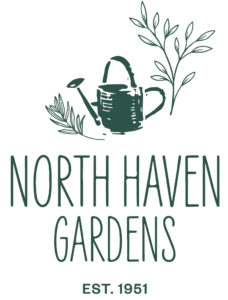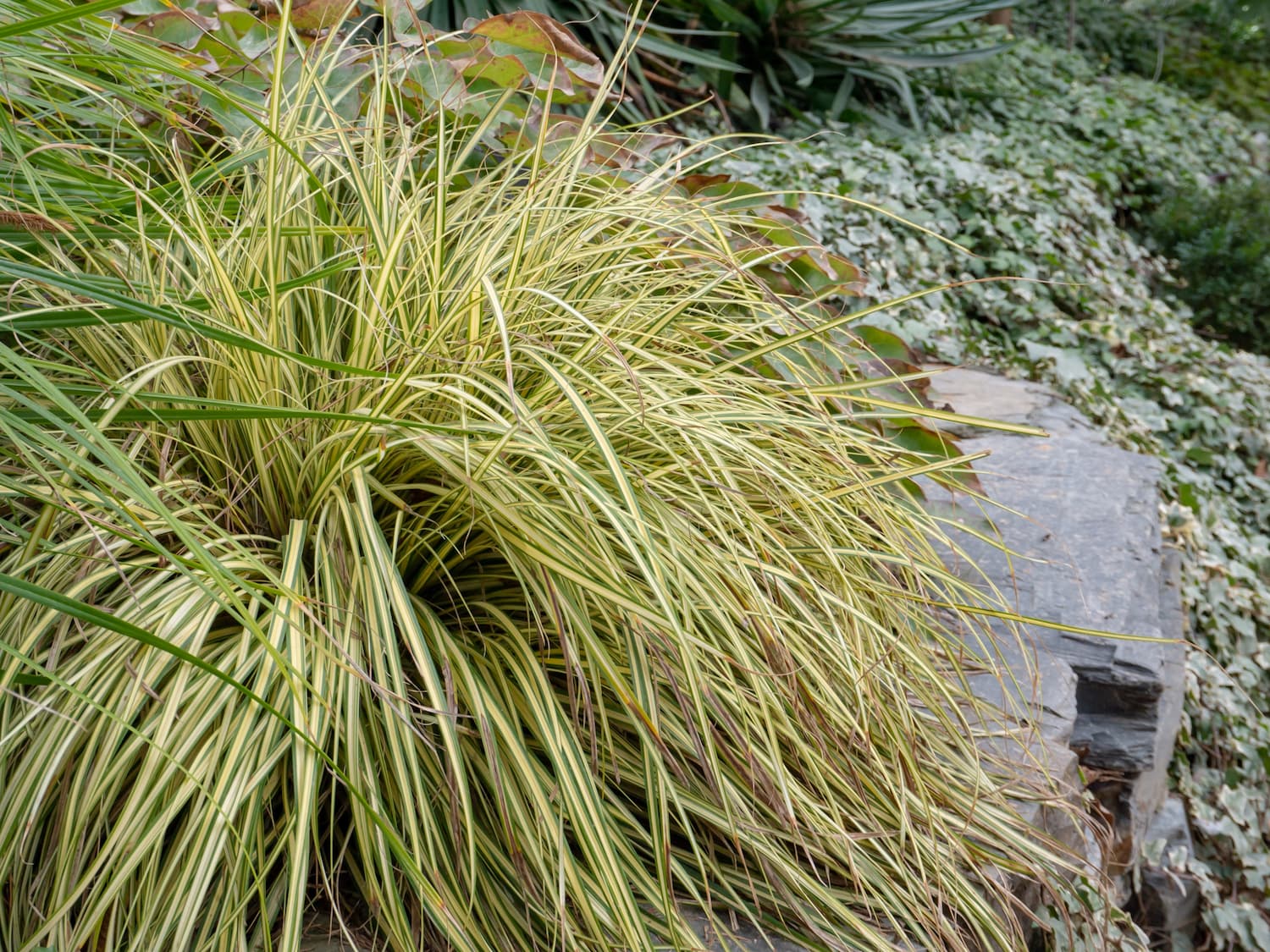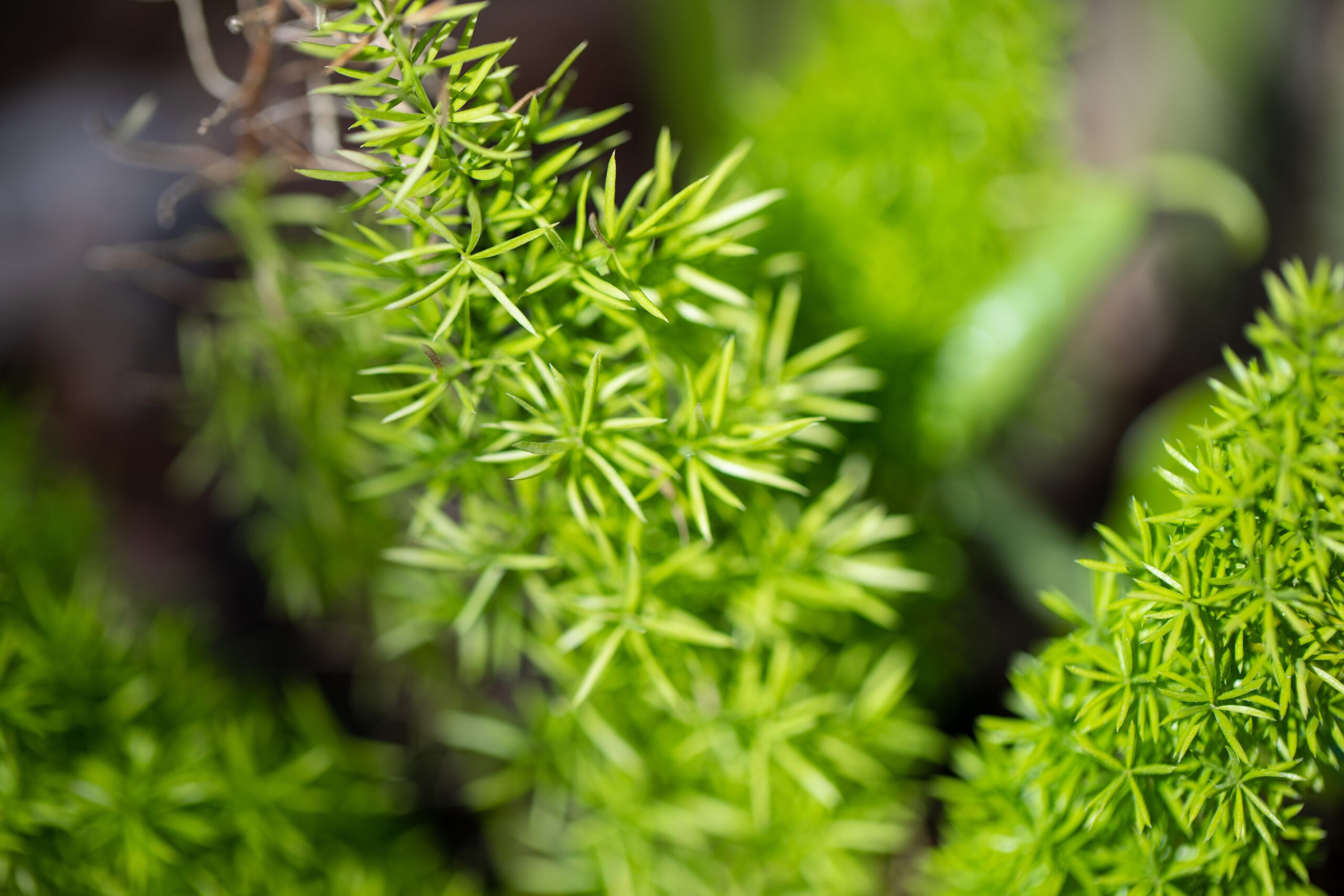In recent years, gardeners have discovered sedges as a tough, evergreen perennial option for many…
Three Unusual Herbs You’ll Find at NHG for Herb Weekend 2016
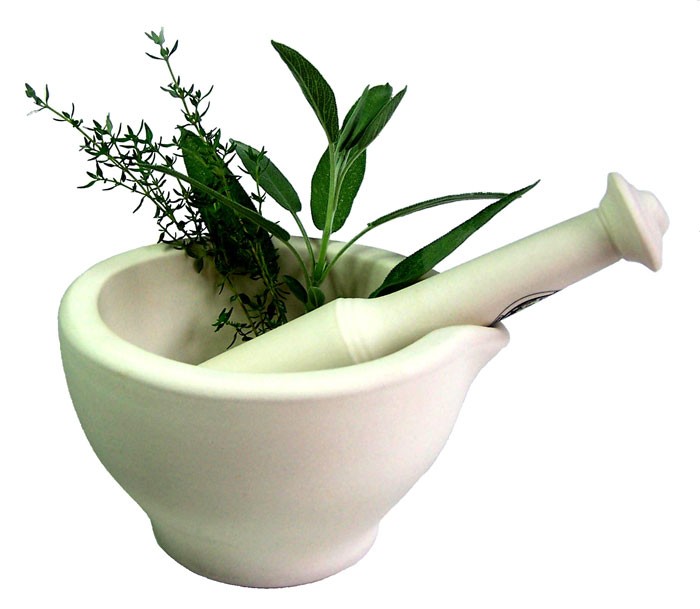
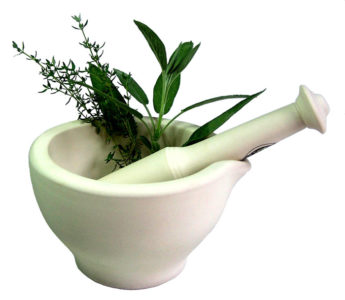
Our annual celebration of the flavor and diversity of herbs is April 23rd and 24th this year. Besides the culinary classics, we’ll have a variety of herbs that are valued for therapeutic fragrance, essential oils, or nutritional/medicinal purposes. As a bonus, we’ve found a small treasure trove of hard-to-find herbs from a local Texas grower, and the selection promises to be fantastic! Here are three of the more unusual standouts you can find this weekend at NHG:
‘Bible Hyssop’ or Syrian oregano, Origanum maru, is a close relative (a subspecies) of O. syriacum, which is thought to be the true ‘hyssop’ referred to in the bible. It forms a larger plant than common culinary oregano, with blooms reaching 2′-4′. It’s considered to be better behaved than its brethren though, with a more upright, bushy habit as opposed to the creeping/sprawling habit of other species. It’s native to the Middle East, where it’s valued as a culinary herb and is used in the spice blend known as Za’atar. It will want a bit of space in the garden, prefers excellent drainage and full sun, and will be evergreen through all but the harshest winters. In addition to flavor and fragrance, the tall green flowering stems are ideal for creative projects and can be used fresh or dried.
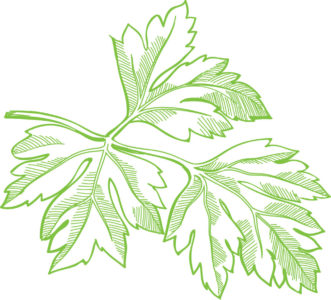
Corsican Mint, Mentha requienii, is truly unique. Its tiny, fragrant leaves form a moss-like mat of foliage that slowly spreads to about 1′ in diameter while remaining under 2″ tall. It’s evergreen in mild climates when planted in a location shielded from the hot afternoon sun, and while it appreciates good drainage, it prefers to remain evenly moist. Native to Sardinia and Corsica, it’s used as the flavoring for creme-de-menthe liqueur. When it’s happy and established in the garden, it can tolerate light foot traffic, and releases bursts of refreshing minty fragrance when stepped on. See a detailed photo of Corsican mint at this link from the Missouri Botanical Garden.
Horehound, or White Horehound, Marrubium vulgare, is an ancient herb with uses dating back to the first century B.C.. A member of the mint family, it’s a tough plant that’s frequently found in its native range (Suffolk and surrounding areas of the U.K.) in uncultivated soils. It’s been widely introduced in the United States and its tiny white flowers and fuzzy foliage make an attractive garden plant that’s good for pollinators. For centuries, it’s been used to make candies and ale, and is a common ingredient in herbal cough treatments, as it’s considered an expectorant as well as a tonic for colds and lung ailments.
These and quite a few other uncommon herbs will arrive later this week for Herb Weekend, and 4″ pots will be on special for $1.99 (regularly $2.49) each as part of the weekend features. Join us!
See the complete lineup of weekend events!
See more workshops, classes and events!
Read more:
Mosquito Repelling Plants: Truth or Fiction?
